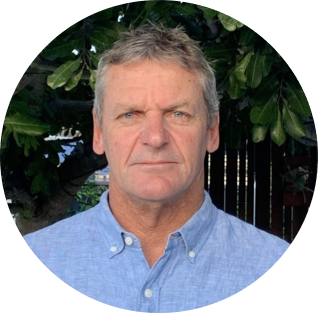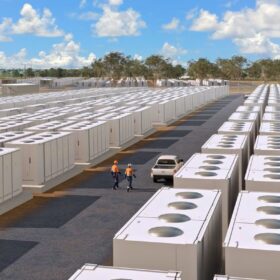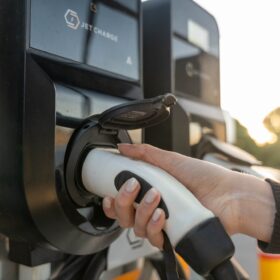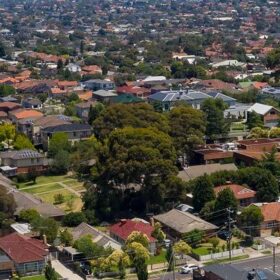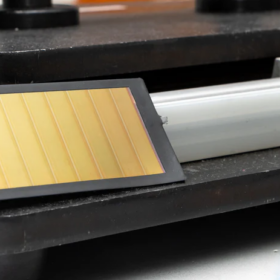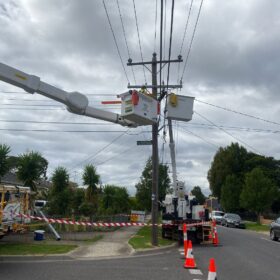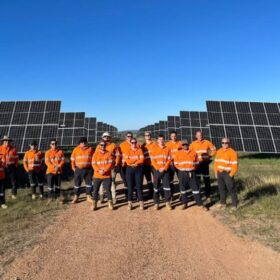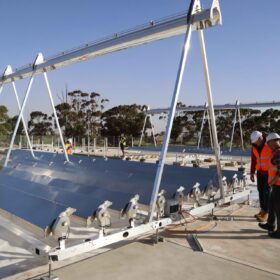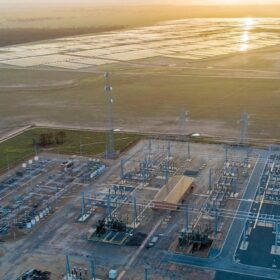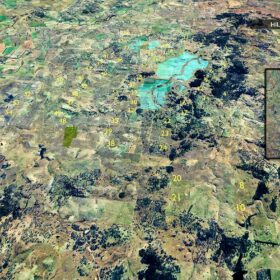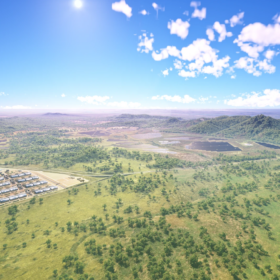Alinta gives construction go-ahead for 250 MW battery project in South Australia
Alinta Energy has locked in construction of the first 250 MW / 1,000 MWh stage of a 500 MW, four-hour battery energy storage system planned for South Australia and appointed local construction firm GenusPlus Group as principal contractor.
Australian battery maker targets military-related applications
Queensland battery technology developer Li-S Energy has signed a supply and testing agreement with an unnamed defence technology company, targeting integration of lithium-sulfur battery solutions into advanced military and security systems.
What does Australia’s new battery rebate mean for V2G technology?
In the recent Australian election, Prime Minister Anthony Albanese’s Labor Party returned to power with a key campaign promise for a national rebate on home battery systems. This is an important and necessary step in the country’s transition to a cleaner, smarter energy future, but for those of us working on vehicle-to-grid technology (V2G) like JET Charge, there’s a question that naturally follows: what does this mean for V2G uptake?
The KPIs that quietly drive battery market share in Australia
The Australian residential battery market is heating up — and beneath the surface, a new set of performance metrics is emerging as decisive for brand success. While some manufacturers chase short-term growth by dropping prices, the real battle for sustainable market share is being fought on deeper metrics: share of installer adoption, share of installer portfolio, and customer loyalty.
Australian cell manufacturer launches first module series
Australian solar cell developer Halocell Energy has launched its first perovskite-based product line with the flexible Ambient Modules series purpose-built for low-light conditions.
Smart data unlocks solutions for network challenges
As Australia’s distribution network service providers grapple with challenges sparked by the rise of distributed energy resources, EA Technology says leveraging insights from grid-edge intelligence can unleash the full potential of their networks.
Bringing back-contact to the foreground
Solar manufacturers are pursuing the next-generation crystalline silicon (c-Si) PV cell technology. Back-contact (xBC) technologies including TOPCon back-contact (TBC), HJT back-contact (HBC), and HJT TOPCon back-contact (HTBC) have emerged as leading candidates, attracting attention for their superior conversion efficiency and aesthetic module designs.
NZ government funding to support solar farm builds
The New Zealand government will provide a local council with more than $14 million in funding to help build a 2 MW solar farm and 4 MWh battery energy storage system to reduce the community’s current reliance on diesel generators for power.
How grant system is locking millions away from those doing heavy lifting
Australia’s grant system is working exactly as designed. And that’s the problem. Right now, if you’re a small business or a not-for-profit, there’s likely a funding stream available to help you test an idea, buy equipment or build capability. If you’re a multinational or a university, there’s even more. But if you sit in the middle, a commercially viable, medium-sized business with proven success, and the capacity to deliver major outcomes, you’re often left with nothing. This isn’t sour grapes, it’s missed opportunities.
Green hydrogen pilot plant launches in SA
A pilot hydrogen energy plant that will employ a novel approach by producing green hydrogen directly from water and sunlight, without relying on electrolysers or grid power, is on track to begin commissioning in South Australia next month.
